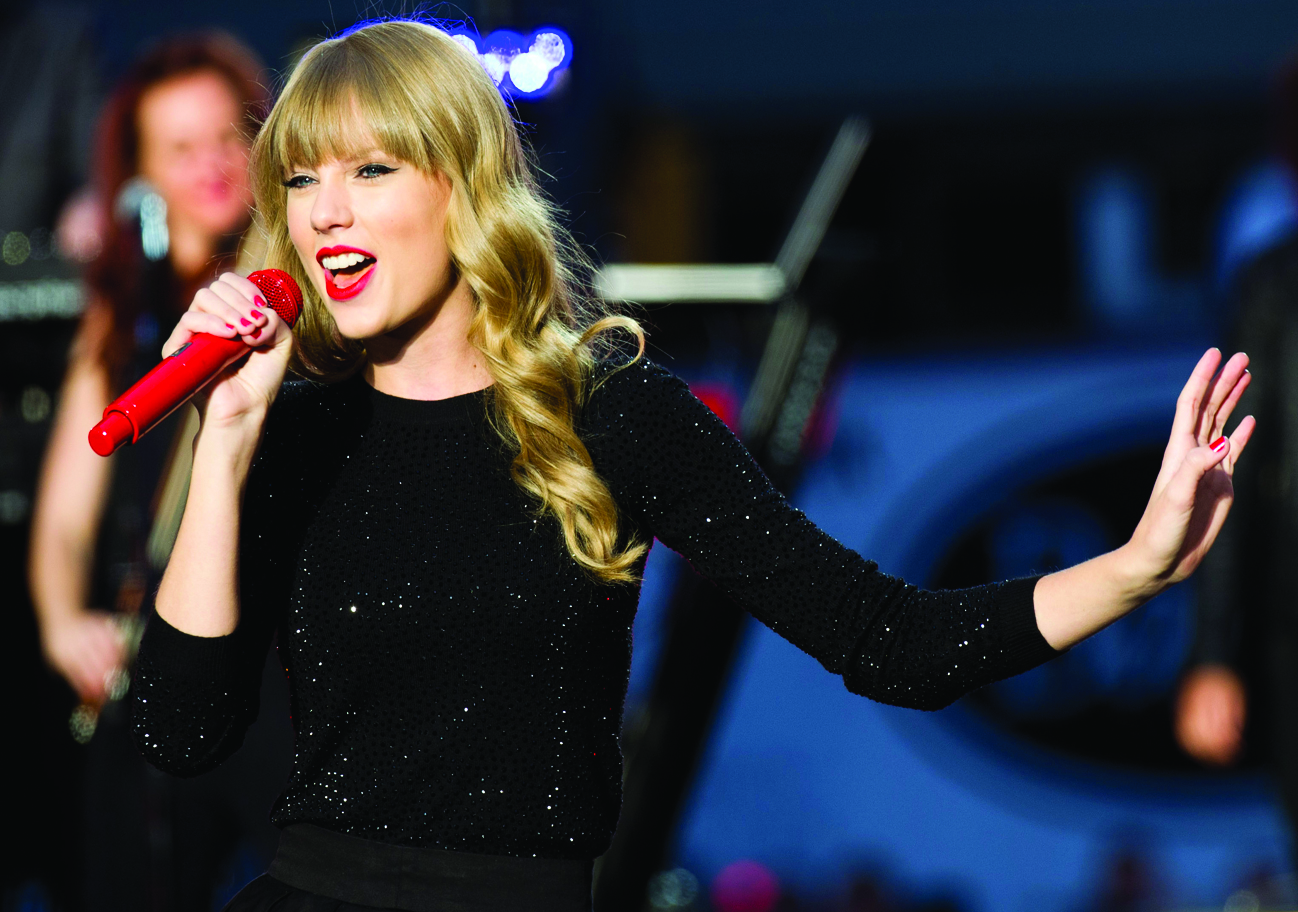
Brooke Skiba
A&E Editor
After two long years since the release of her third album, “Speak Now,” Taylor Swift has finally released her musically intensified album, “Red.” The album focuses on the subject of “red” relationships — those relationships that roller coaster from the explosion of highs to the deepest seas of lows. Swift said in People magazine, “I called it [Red] because of the tumultuous, crazy adventures in love and loss that it chronicles. . . . In retrospect, it all looks red.” The album perfectly coincides with Swift’s new chic adult style and the bright red lipstick she wears on the album cover.
Not to disappoint fans, Swift has continued to experience enough bad relationships to inspire an album-full of anthems about her ex-boyfriends, and she was sure to include a few songs featuring the expected acoustic guitar and occasional banjo or mandolin. But this 16-track album showcases a variety of sides to Swift’s new musical persona that goes far beyond what is expected from the pop country princess. She explained in an ABC interview, “I just tended to really explore the edges of what I’m allowed to do.”
The obvious shift in Swift’s genre selections are most likely influenced by her decision to collaborate when writing and producing the album. She felt the new perspectives would allow her to explore her musical potential, saying, “Everyone has their own different process…it felt like being 22 learning from my absolute heroes and exploring how they do what they do.” Taylor also collaborated in the recording process, recording duets with British singer/songwriter Ed Sheeran and Snow Patrol’s Gary Lightbody.
Swift brings her album to a whole new level of mainstream pop with the inclusion of “I Knew You Were Trouble,” which is Swift’s first experiment with dubstep in this feisty synth-pop track reminiscent of songs by leading pop artists Katy Perry and Kelly Clarkson. Similarly, Swift can almost be mistaken for Ke$ha in her song “22,” in which Swift delivers lyrics in the same deadpan vocal style as the brash, dance-pop artist.
But I don’t mean to suggest that Swift belongs in the same category as these other mainstream artists. Much of “Red” includes beautiful, mellow acoustic ballads such as “Begin Again” and “Treacherous.” Swift’s duets with Sheeran and Lightbody are the perfect mix of the artists’ smooth voices, the collaborators’ guitar skills and Swift’s songwriting talent.
My only critique of the album is that it was a bit overstuffed with songs. The album has a clear core of strong tracks such as “I Knew You Were Trouble,” “Red” and “22,” and then a few weaker songs that can’t stand on the same level and fall through the cracks. The album could be much more powerful if it included only its strongest songs, and perhaps bonus tracked the others for those (like me) who would still appreciate them.
Can Taylor Swift still be called the queen of country? Maybe not. But Swift’s new approach to style and music and her experimentation with other popular genres in “Red” are sure to keep the matured artist at the top of the charts.
